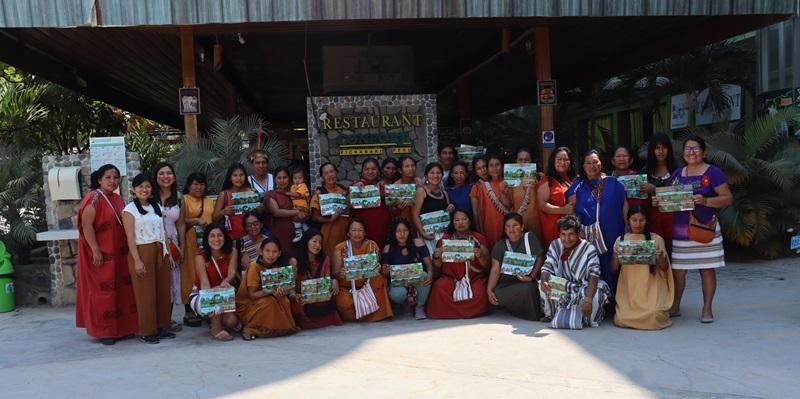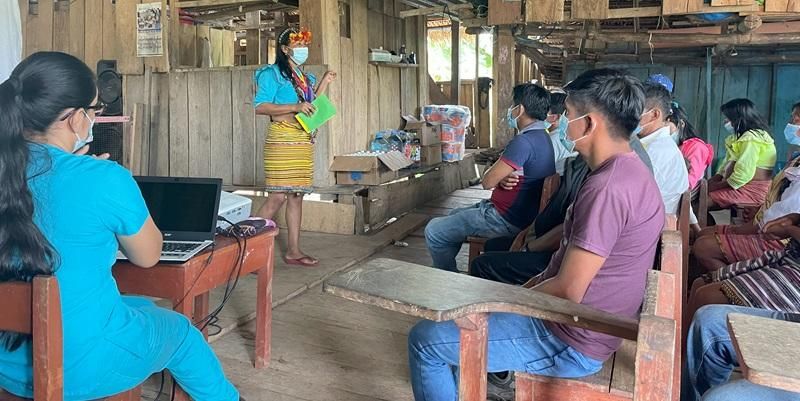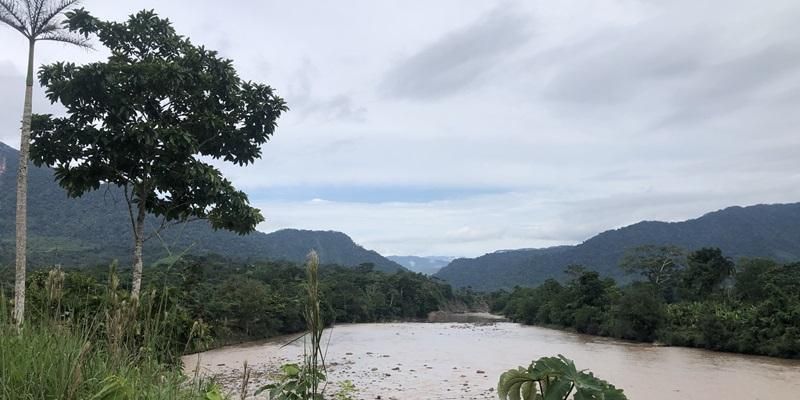When COVID-19 struck, and many research projects around the world were shutting down, Dr James Ford from the University of Leeds managed to do the opposite.
He was leading an international project documenting how indigenous populations were affected by, and responding to, climate change. Concerned by the potential impact of the pandemic on these already at-risk communities, Dr Ford and his team changed the focus of their research to COVID-19.
“We realised that we were in a unique position to track the impact of another major challenge for these communities – the pandemic,” says Dr Ford. “We had to adapt our methods, so there was less face to face contact. But otherwise, we carried on. Except rather than just talk about how climate was affecting people’s lives, from 2020 we started to ask about their experiences of COVID-19 as well.”
With colleagues on the ground in Peru, Canada, Fiji, Russia, India, Sri Lanka, Ghana, Uganda, Namibia, South Africa, and Australia– some of them from or local to the indigenous populations – much of the research could be undertaken despite lockdowns, social distancing and travel restrictions.
Partners within the indigenous communities kept written or video diaries. Researchers from local universities and research organisations interviewed members of these groups on a regular basis, while assessing national and regional COVID-19 measures for their potential impact.

Disemination workshop organised and led by OMIAASEC in Pichanaki for the COVID-19 observatories program. Credit: Ingrid Arotoma
They asked what knowledge the communities had of the virus and of the measures needed to keep themselves safe. They wanted to find out how the situation was affecting their social interactions and their livelihoods and their access to food or healthcare.
The picture that emerged – and is emerging still as the team analyse the huge amount of data accumulated – was one of both vulnerability and resilience. Vulnerability in the sudden loss of external sources of income for communities already experiencing high levels of poverty, which meant they no longer had cash to buy food or to travel to a clinic.
Over-crowded housing and lack of water and sanitation also reduced some communities’ ability to take basic measures to reduce COVID-19 transmission. Pre-existing poor health – be that through malnutrition or high rates of certain diseases – raised the risk of more severe consequences from the disease.
Strong and resilient communities
But there was strength and resilience in these communities as well. In the Shawi and Ashaninka groups in the Peruvian Amazon, the very remoteness that made it difficult to travel to get medical help also enabled them to control access from the outside, preventing the virus from reaching those communities.
They were also able to rely more heavily on their traditional food sources – hunting, fishing and foraging – when unable to go to markets to purchase food. Their strong community spirit meant they held together in a common purpose.

Educational workshop about sanitation protocols and vaccination in Nuevo Amanecer, Balsapuerto (Peru) with the Shawi people in 2022. Credit: Valeria Morales-Ancajima
It was a similar story in the Canadian Arctic, as Dr Ford explains:
“We were especially worried about Inuit, because they see higher levels of lung diseases and lower life expectancy than the norm for Canada, and we thought this could leave them very vulnerable,” he says. “But like our communities in Peru, they were able to control to some extent who could fly in or out of their lands. This is one of the reasons they’ve been remarkably resilient to COVID-19.”
What Dr Ford and his colleagues noticed in particular was that the challenges already felt by these communities in relation to climate change were exacerbating those raised by COVID-19.
Heavy flooding caused by an El Niño event in 2017 had destroyed many health outposts in Peru – most of which had never been rebuilt – making it even harder for the Shawi and Ashaninka to get healthcare during the pandemic. Extreme tropical storms in Fiji during 2020 destroyed homes and other buildings, forcing the iTaukei people into shelters with higher risk of transmission. In Siberia, COVID-19 was travelling within areas where the Evens, or Lamut, indigenous people had already been made more susceptible to respiratory illness through the pollution caused by wildfires.

The Cachiyacu River, in Balsapuerto (Peru), land of the Shawi people, that was closed at the beginning of the pandemic. Credit: Carol Zavaleta-Cortijo
COVID-19 inequalities were not only worsened by extreme climate-related, weather events. Climate change, deforestation and oil and gas exploration have reduced the abundance of wildlife in the Peruvian rainforests where the Ashaninka and Shawi hunt – threatening the local sources of food that were so vital to them during the pandemic.
Similarly, in the Arctic, which is seeing global warming four times faster than elsewhere on the planet, communities are finding it harder and harder to hunt and fish. And as fewer people find food in this way, so the skills required to do so are lost.
Steps to reduce inequalities
Although Dr Ford and his team are still analysing the data from some of the regions, including India, Sri Lanka, Ghana, Uganda, Namibia, South Africa, and Australia, they have already started to identify ways to reduce the vulnerabilities and enhance the resilience of indigenous peoples around the world, for the next pandemic.
These have been highlighted in a paper published in the Lancet Planetary Health, particularly in relation to the impact of COVID-19 and climate change on food security for indigenous communities.
Better public health messaging is key. The study found that too often governments did not provide information in indigenous languages or provided translations that did not make sense. Land rights are also vital, to ensure that populations can draw on traditional hunting and fishing – or for some communities, agriculture – to provide food security. Communities also need to receive better early warning for extreme weather events, to enable them to prepare and reduce the risk of damage to buildings or, worse, loss of life.

Batwa Indigenous People farming beans in Uganda. Credit: Matthew King
“Overall, governments need to respect indigenous knowledge and social networks more – as these are too often dismissed as primitive,” says Dr Ford.
“The pandemic highlighted how little the needs and circumstances of indigenous people are recognised and taken into account in government policy. And if the inequalities between indigenous communities and the wider population are to be reduced, this needs to change.”